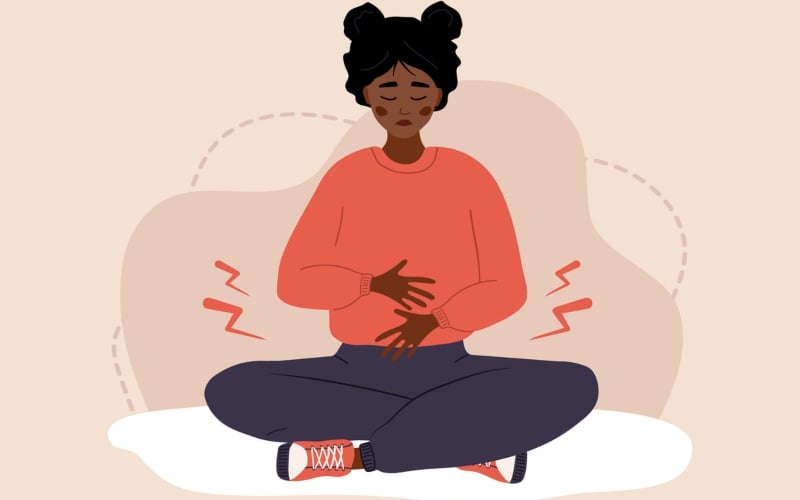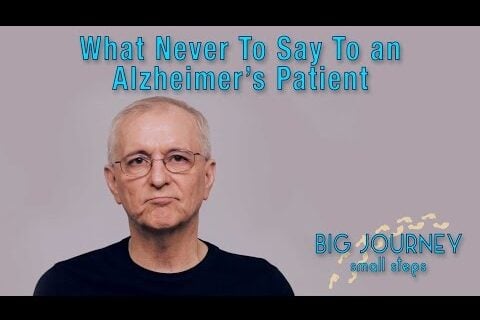For decades, there was a stigma attached to pursuing therapy or getting help for any mental health condition. These days, that stigma is fading, but there’s still more we can do to eliminate it.
Right now, one of the biggest challenges to overcome is a generational divide. While 32 percent of millennials are comfortable with discussing their mental health, only 62 percent of baby boomers report being comfortable. Even so, nearly a third of millennials are uncomfortable talking about mental health openly.
What can we do to kill the stigma once and for all?
How To Address the Stigma of Therapy
These are some of the best strategies you can use to address the stigma of therapy.
Go to therapy (and talk openly about it). First, think about how you feel about therapy. Do you have any internalized negative thoughts or feelings about it? Is there a chance you have misconceptions about how therapy works? In any case, going to therapy is valuable for several reasons. Not only is it an opportunity to get to know your own thoughts and feelings better (and improve your own mental health), but it’s also an opportunity to show the other people in your life that there’s nothing to be ashamed of when going to therapy. After attending therapy sessions, talk openly about your attendance; you don’t have to go into the dirty details of your discussion, but you should at least acknowledge that you found your sessions to be valuable. Thanks to Mental Health Parity and a few other factors, it’s easier to find affordable therapy than ever before. Chances are, your health insurance covers regular therapy sessions – so all you have to do is find a therapist who accepts your insurance. As an example, if you have United Healthcare, you’ll need to look for United Healthcare therapists.
Educate yourself and other people. Next, educate yourself about what therapy is, how it works, and the different types of therapy that exist. Once you have this knowledge, you can begin sharing it with other people. The more you learn about therapy, the less likely you’ll be to stigmatize it.
Draw similarities between mental and physical illness. There is no stigma about going to the doctor to find a remedy for your cold or address the persistent headaches you’ve been experiencing. We all understand that physical health conditions aren’t your fault and that there’s no shame in getting professional medical help to resolve them. People have an easier time accepting mental illness and the value of therapy when they see it in this context.
Express compassion for people with mental health challenges. Whenever you encounter someone experiencing a mental health challenge, express compassion and sympathy for them. Explain that you don’t think less of them and suggest the value of therapy in helping them resolve this issue.
Be honest about your treatment. When attempting to destigmatize therapy, some people are tempted to sugarcoat the experience. But it’s usually better to be honest and straightforward; it’s a way to set proper expectations and build trust. Express that therapy is sometimes very challenging, or discuss some of the roadblocks or setbacks you’ve encountered.
Politely point out stigmatizing language. If someone uses stigmatizing language about therapy or people who seek therapy, point it out to them. For example, if someone says “my coworker’s so crazy he had to go to a shrink,” explain to them that terms like “crazy” and “shrink” can be harmful. When doing this, avoid shaming the individual; your goal is to be empowering and educational. Shaming a person will push them away.
Fight back against systemic stigma. There are three types of stigma to consider here. First, there’s self-stigma – the presence of internalized negative beliefs or stereotypes about therapy. Second, there’s public stigma – the downplaying or devaluation of therapy by other people in your environment. Most of the strategies on this list have focused on self or public stigma. Third, systemic stigma – the reduced accessibility of therapy because of various governmental and private policies. Consider fighting back against systemic stigma whenever you encounter it, such as encouraging your employer to offer more mental health resources to the people who need them.
The Long Road to Ending Mental Health Stigma
Unfortunately, none of us has the individual power necessary to end mental health and therapy stigmas overnight. We may not even have the potential to change another person’s mind. But if all of us make a concentrated effort to destigmatize mental illness and therapy, we can gradually move the needle in the right direction. It may take another couple of generations before we start seeing the downstream effects, but we can start doing the work today.
—
This post is made possible by Larry Alton.
Photo by 愚木混株 cdd20 on Unsplash
The post How We Can End the Stigma of Mental Health Therapy Once and For All appeared first on The Good Men Project.
Original Article










